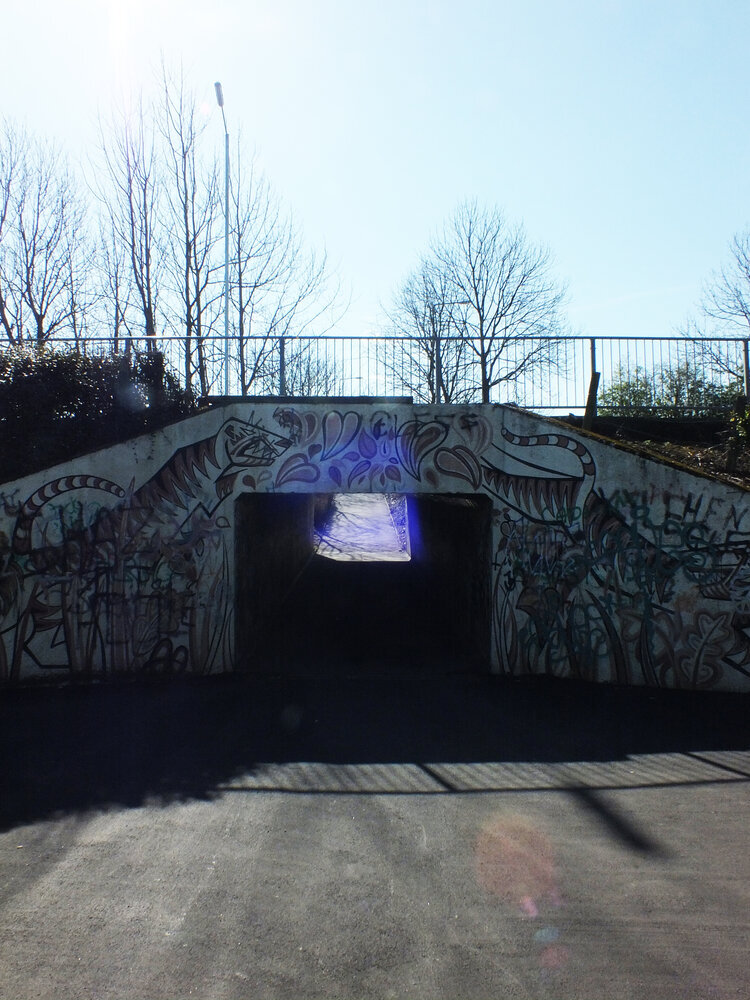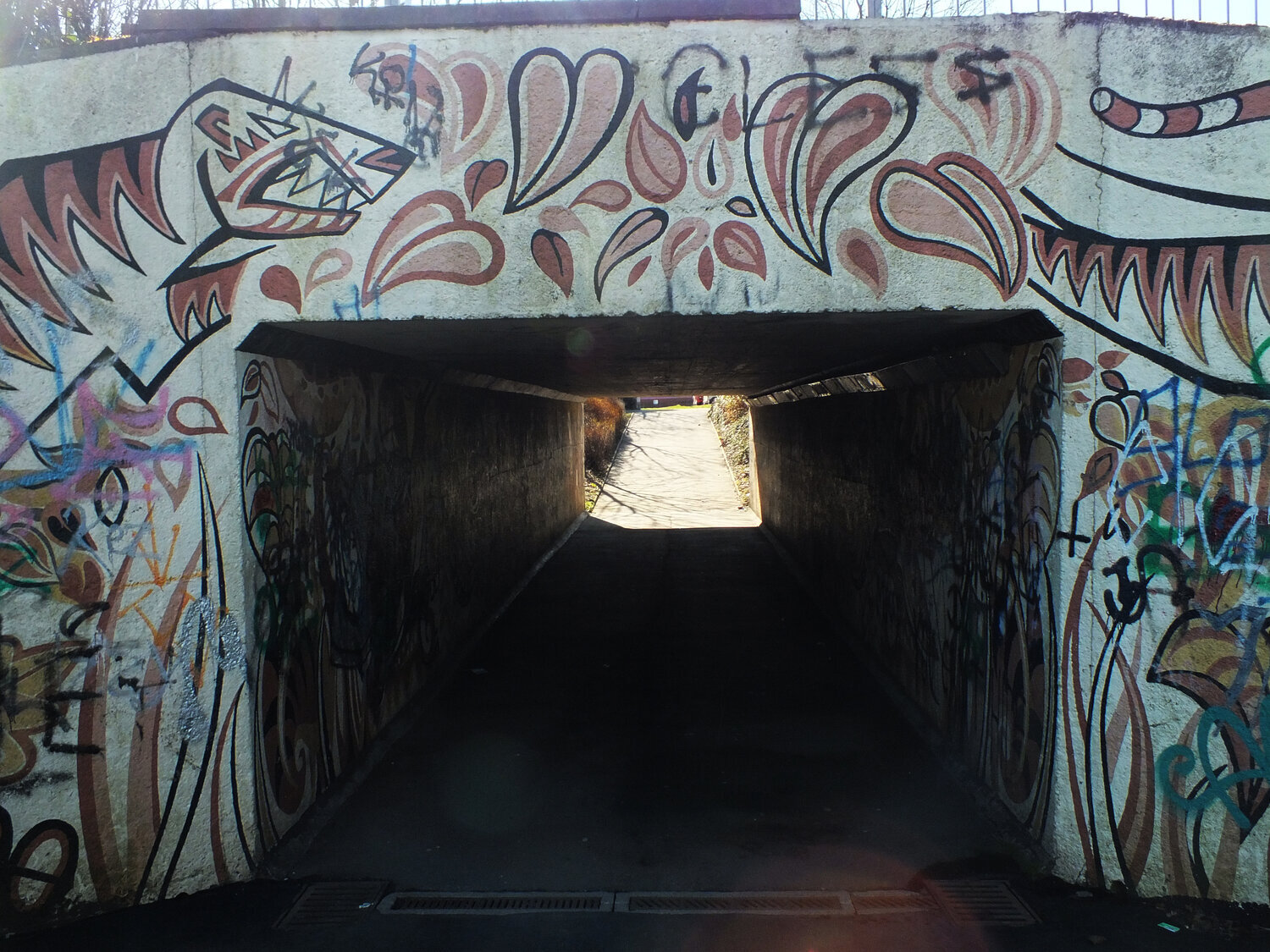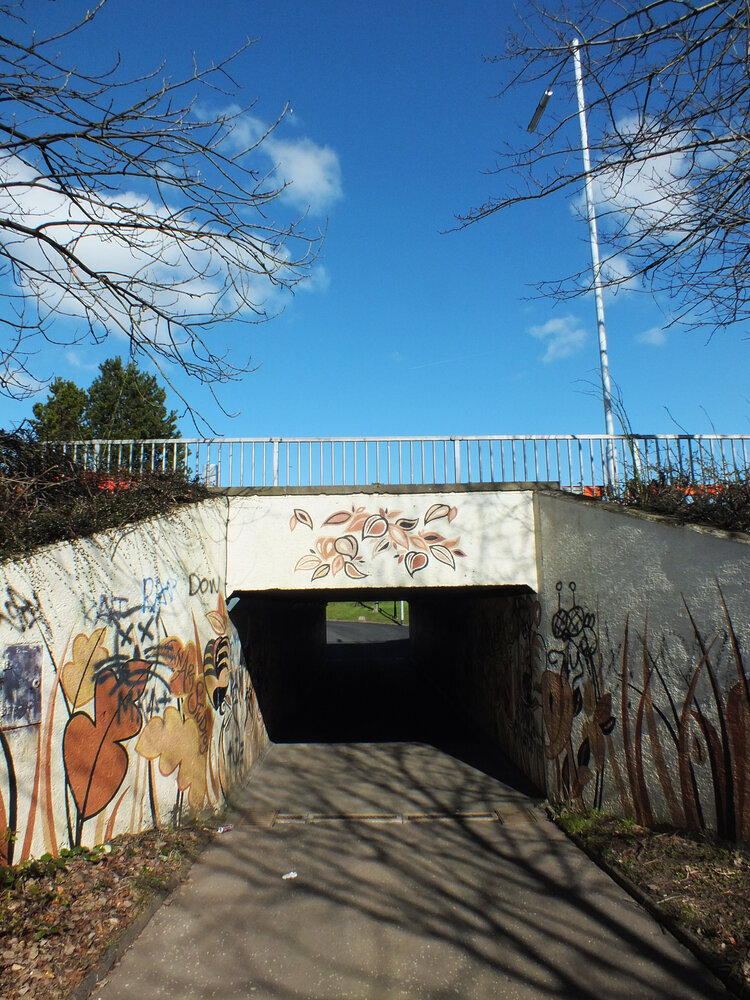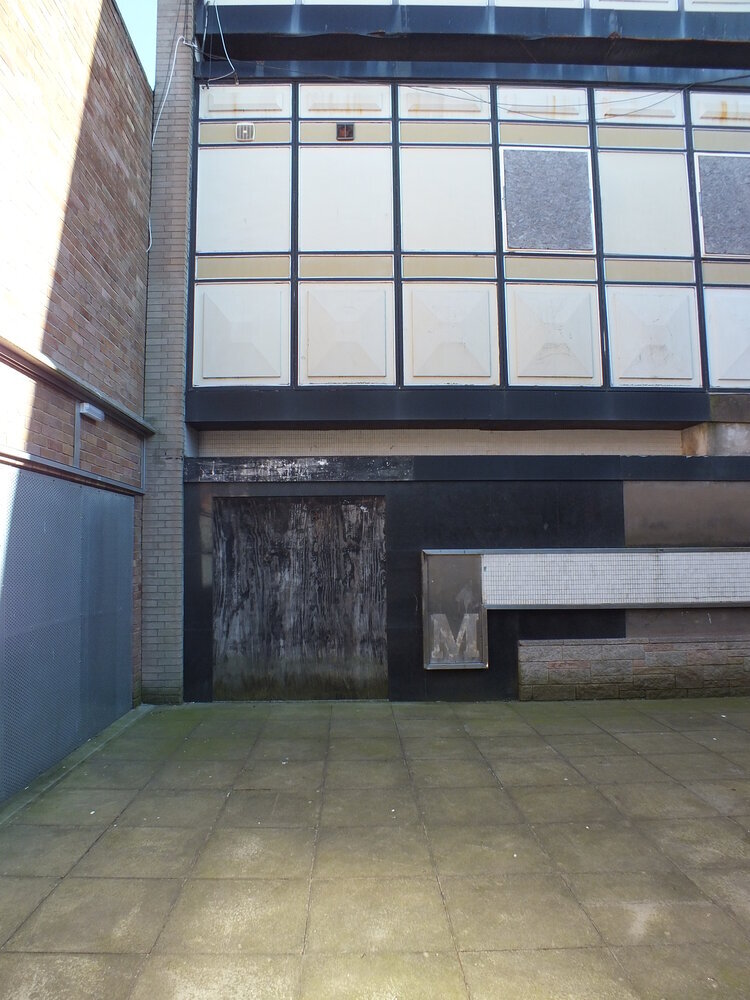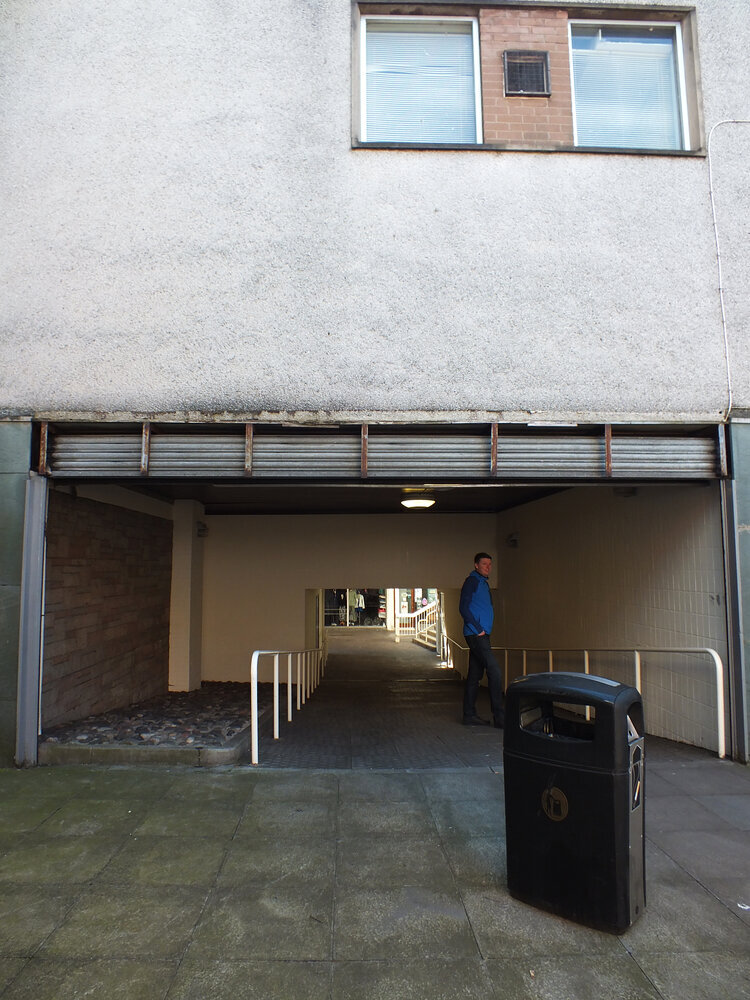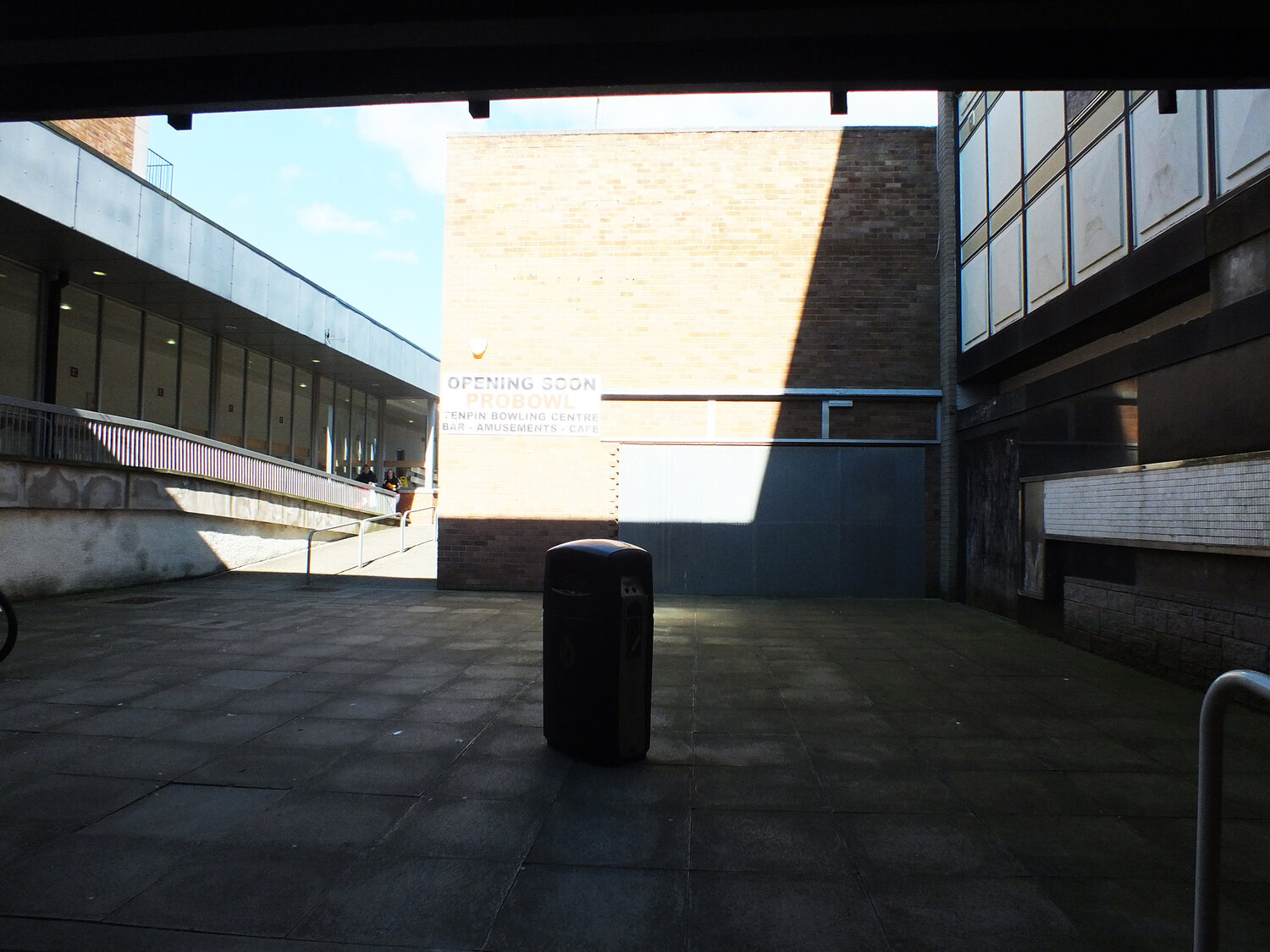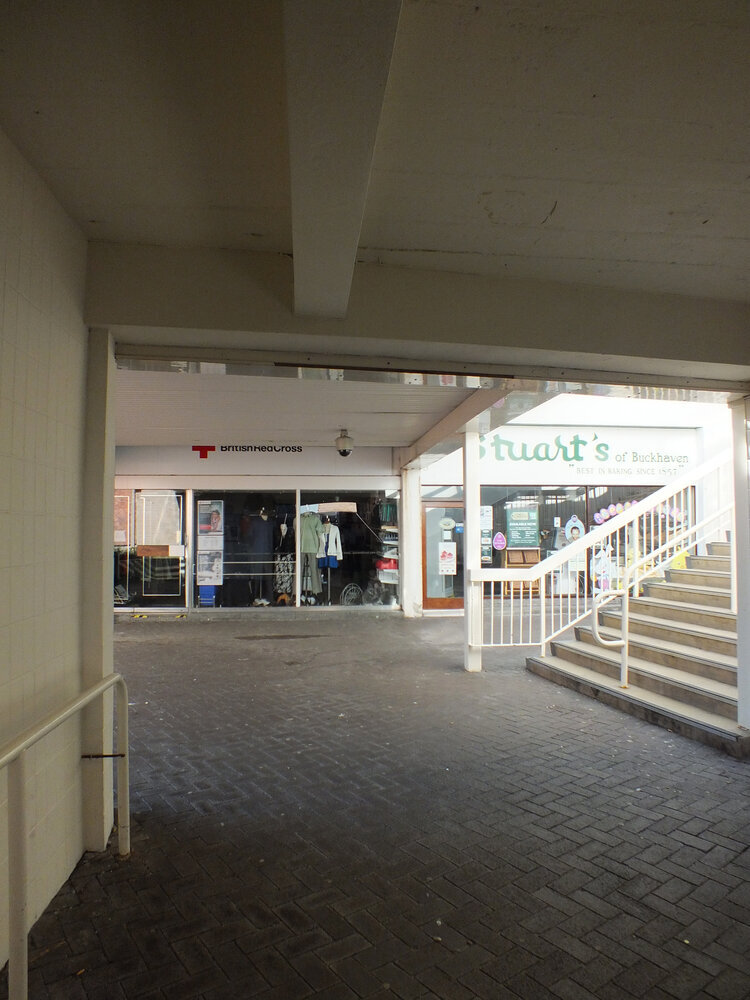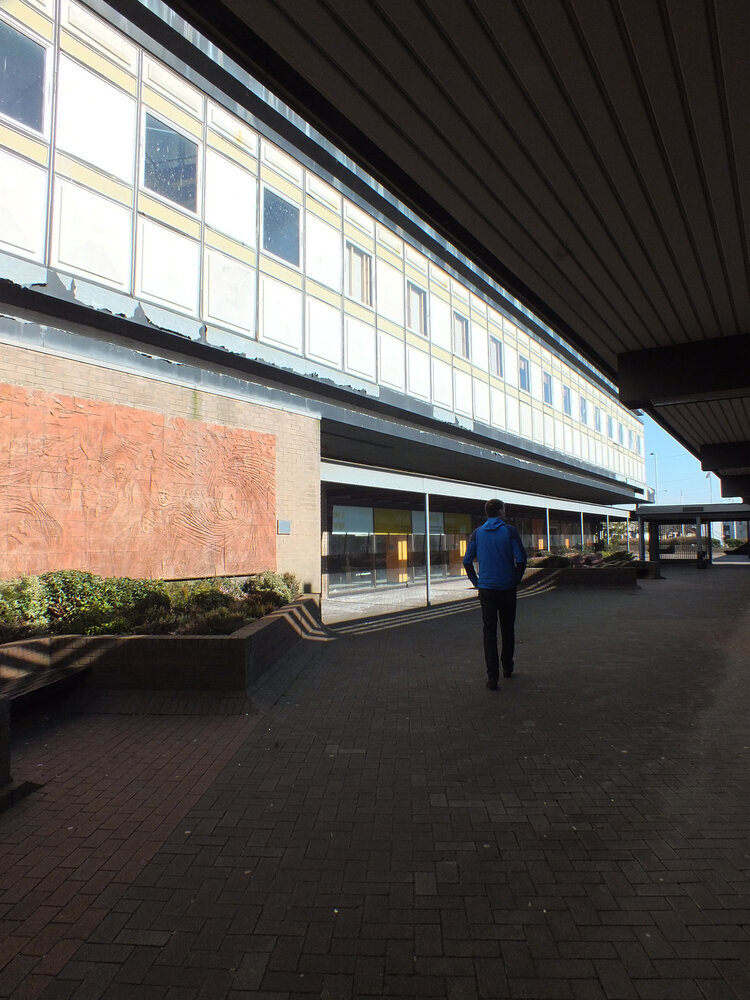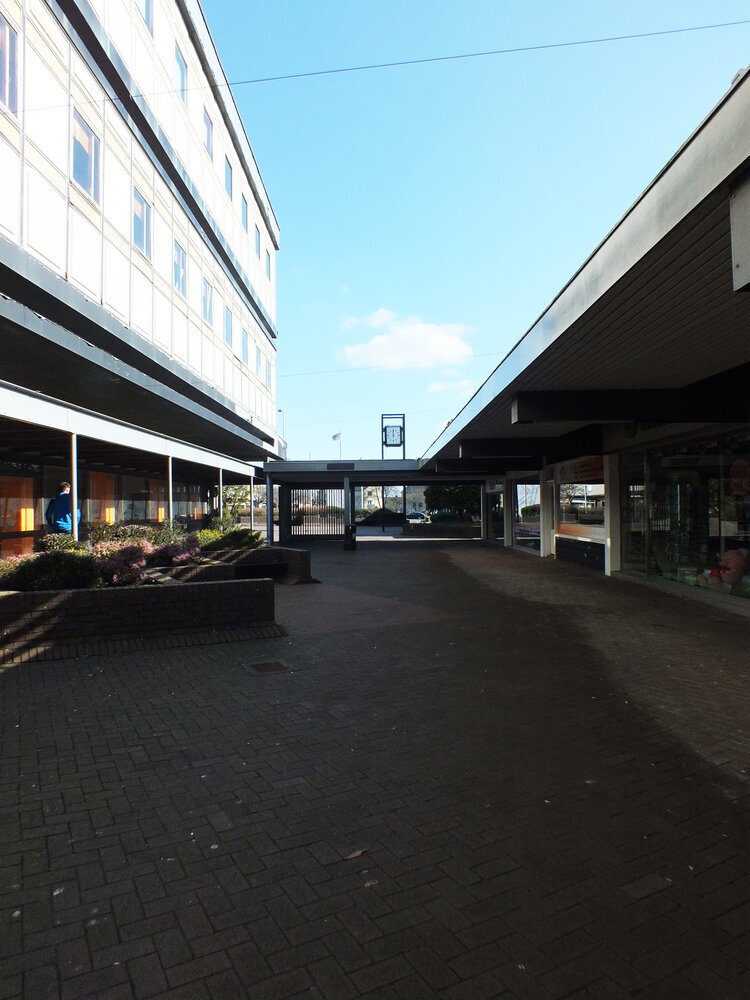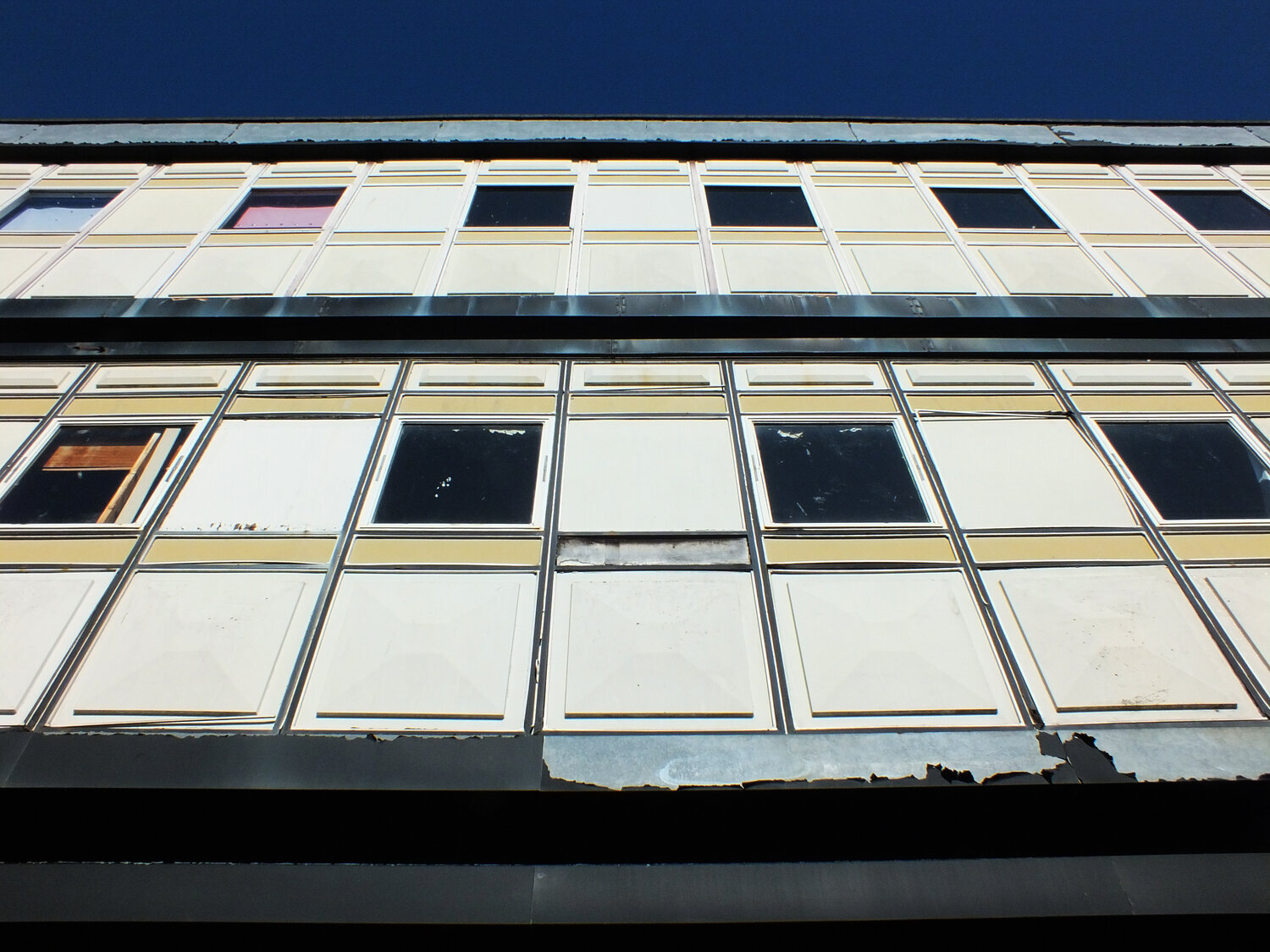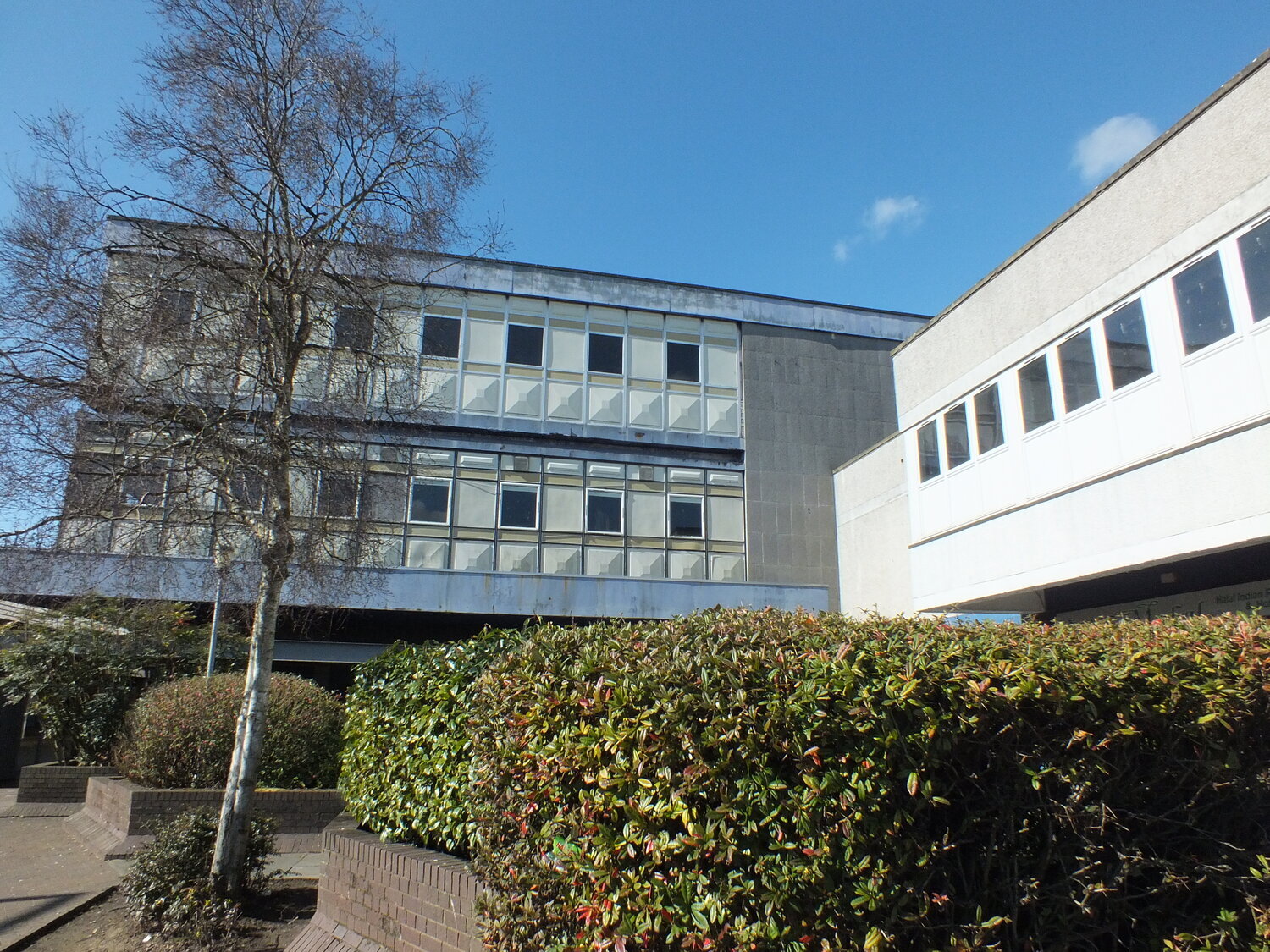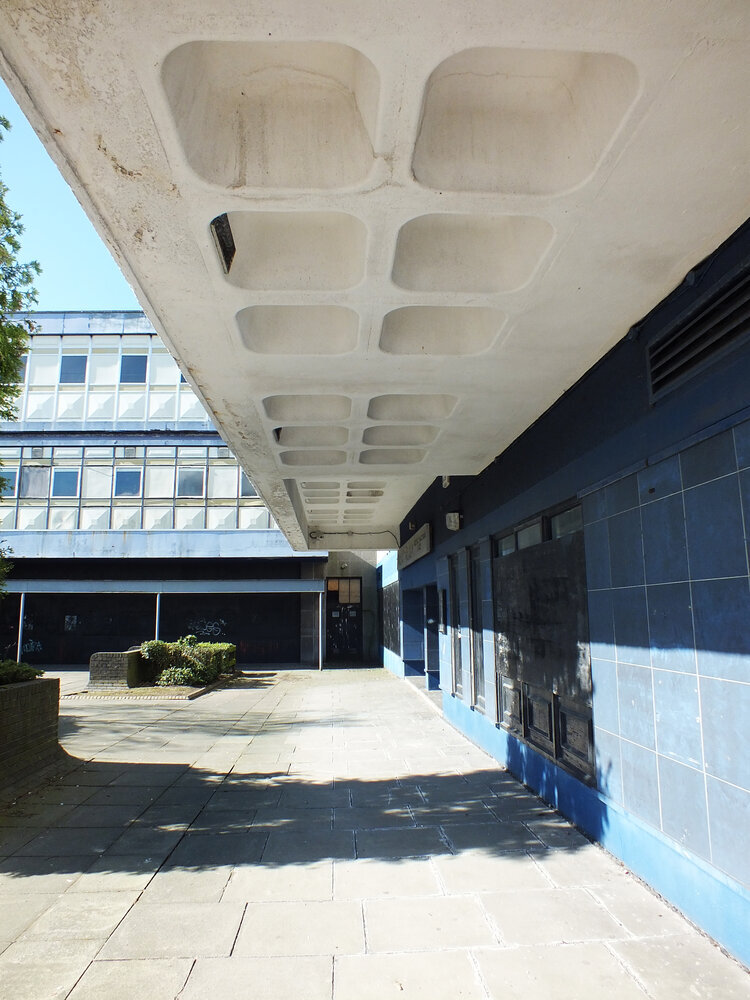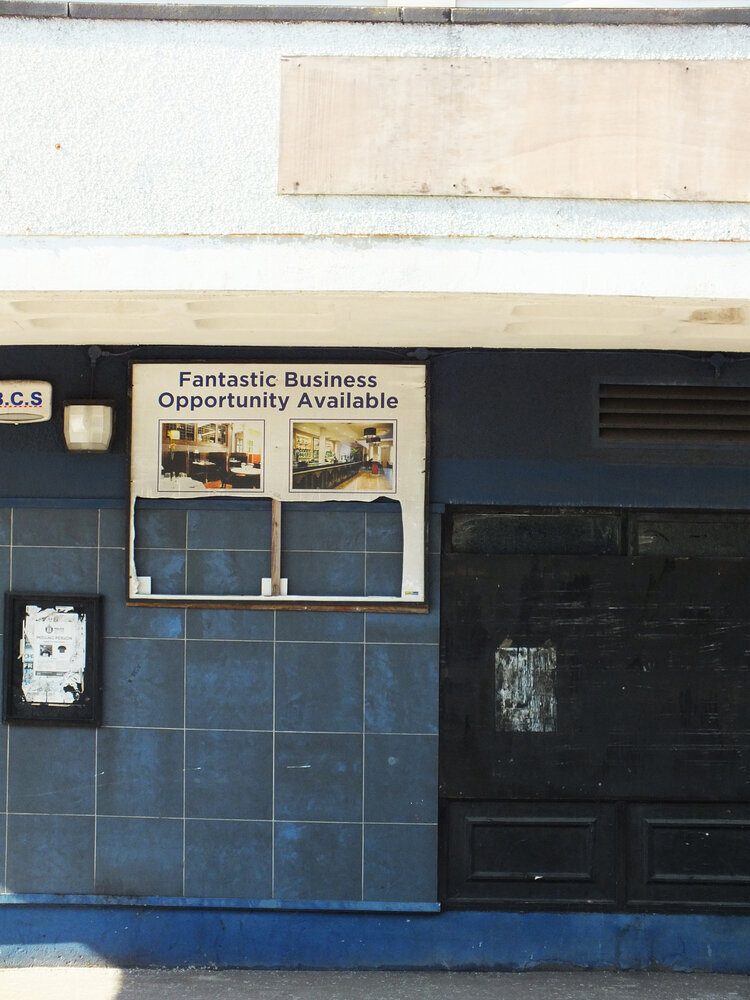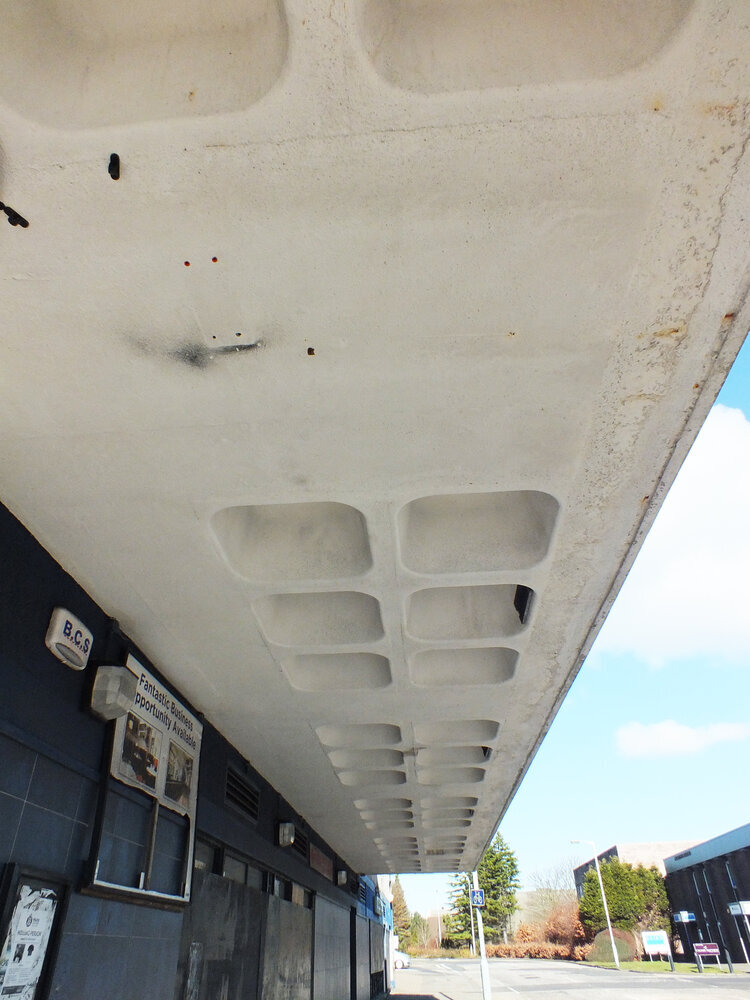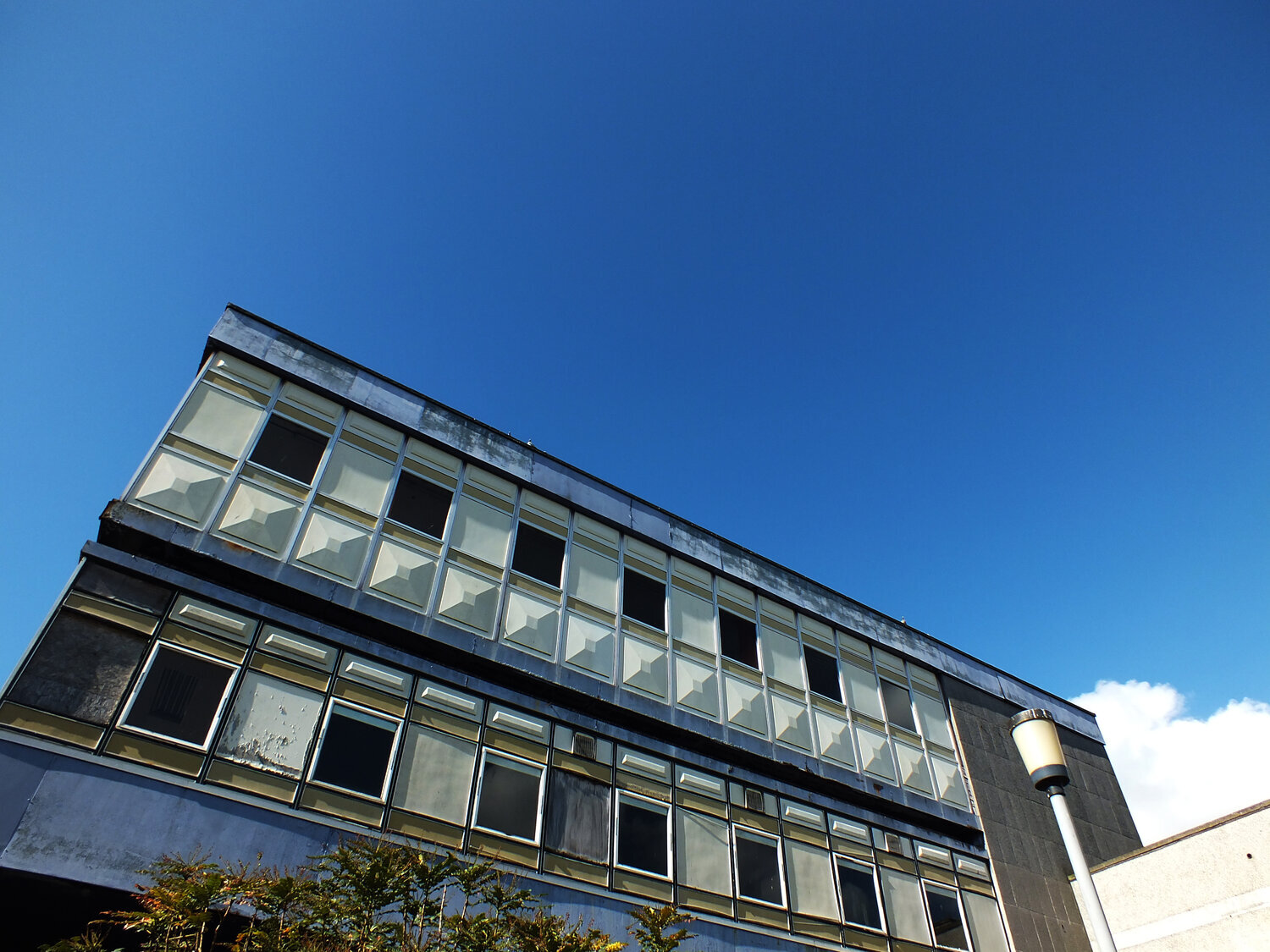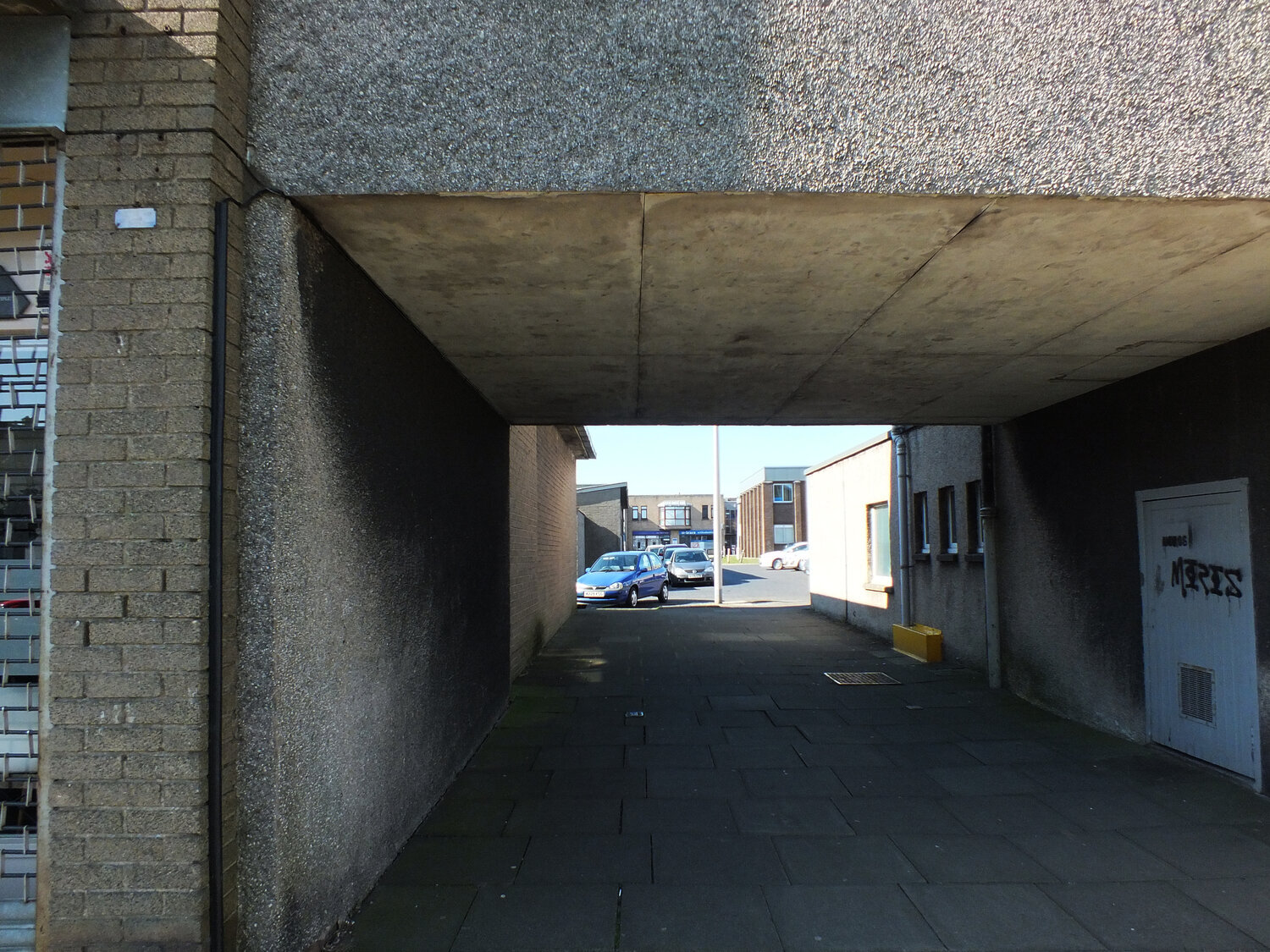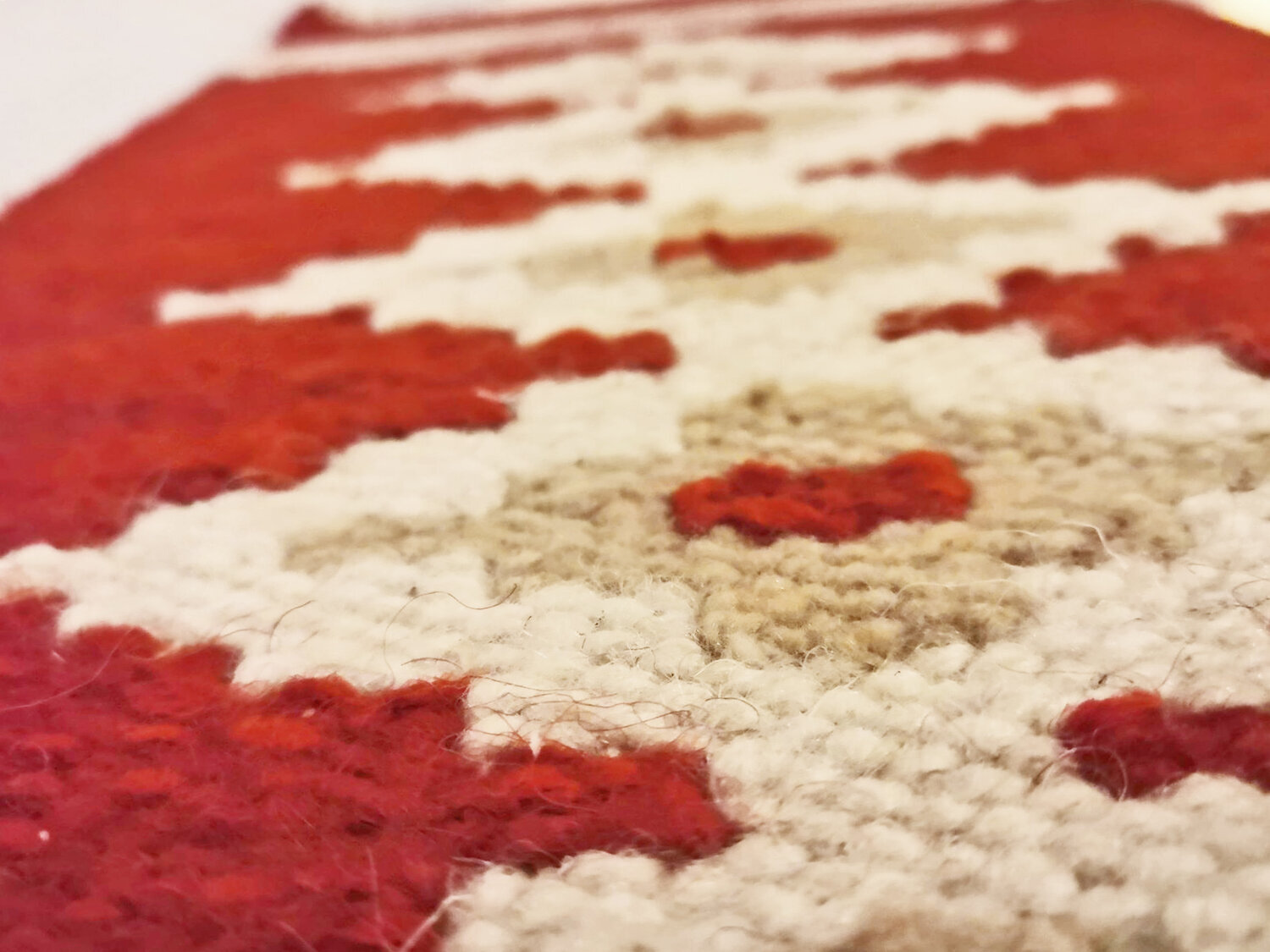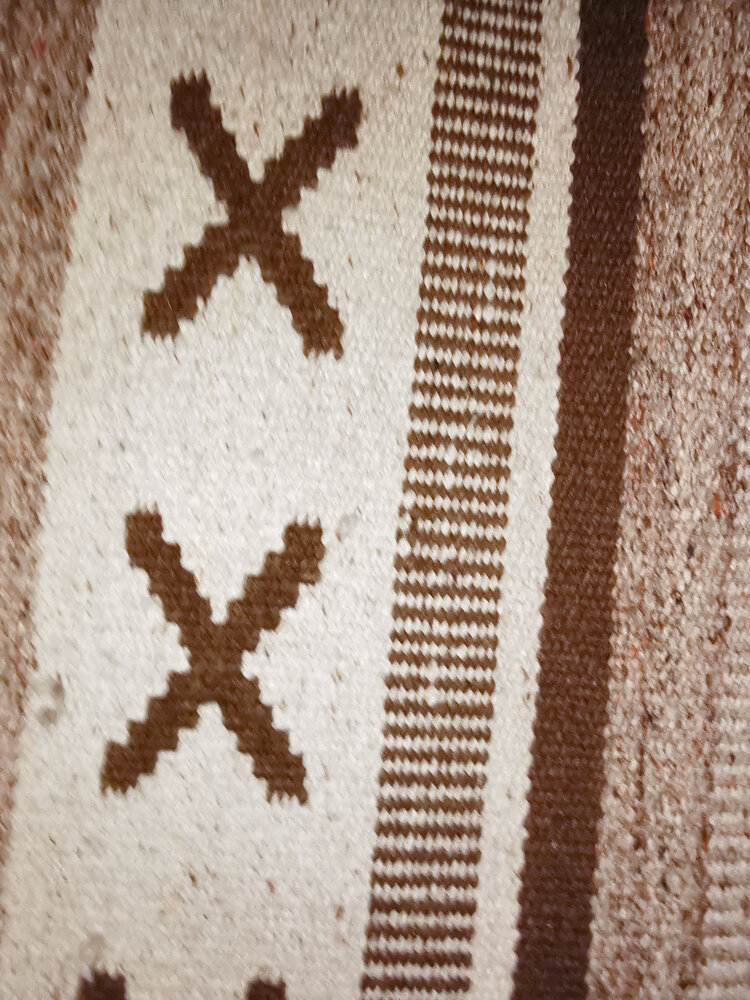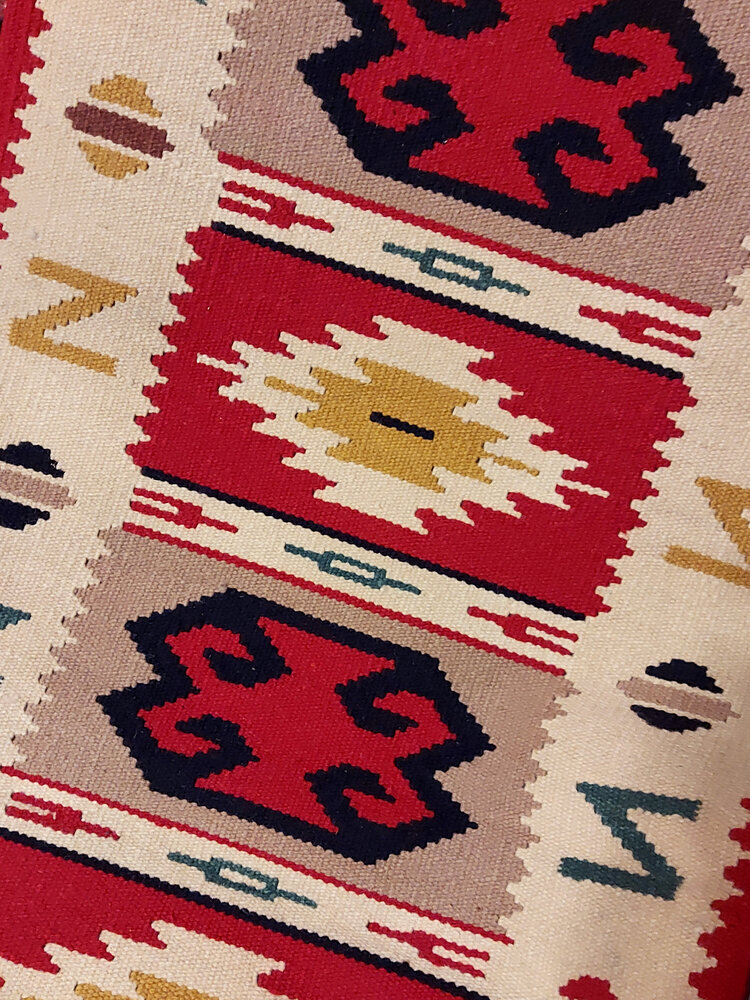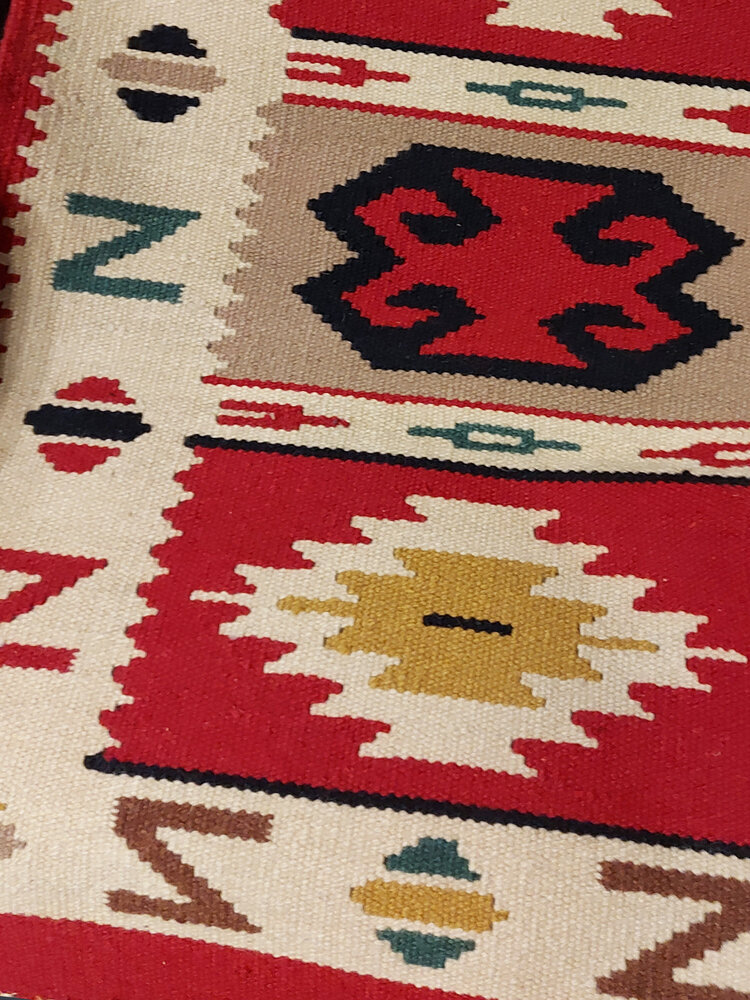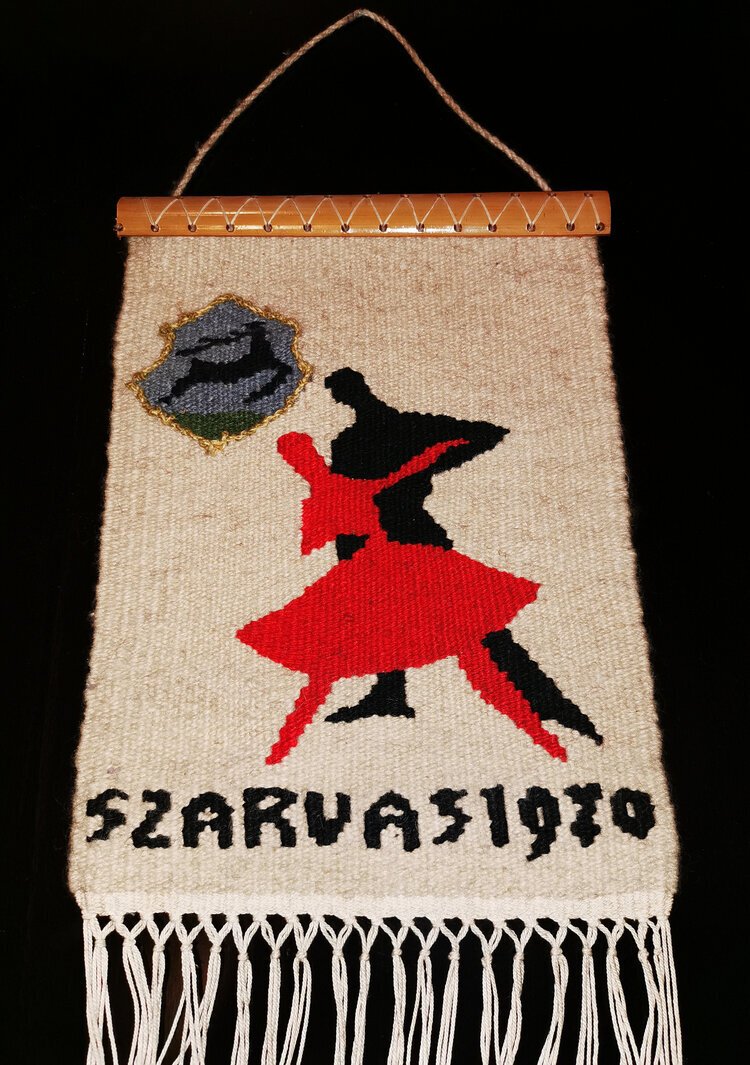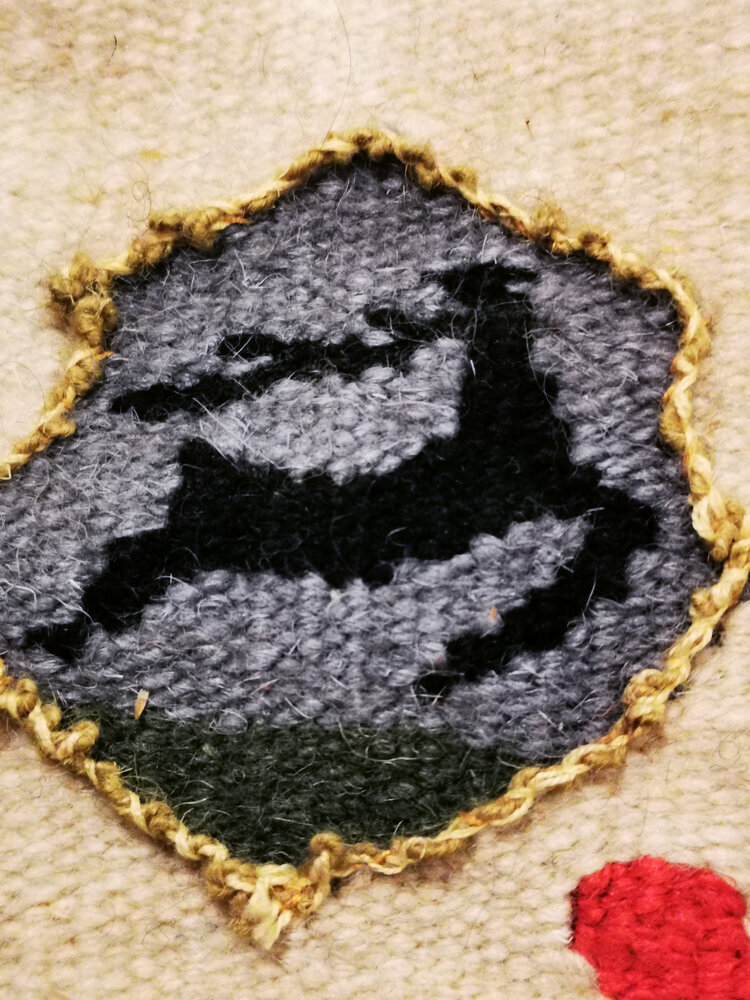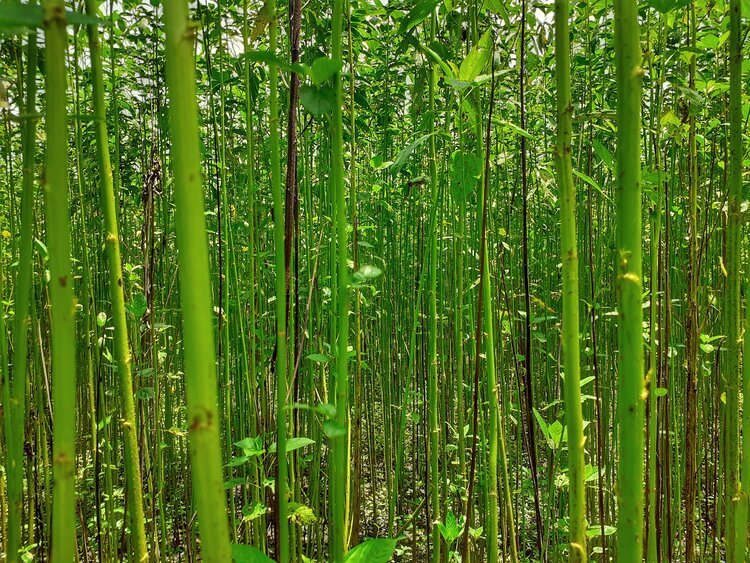hello again - loooong time no see! i do apologise for having disappeared quite a bit. the studio has got somewhat busier but all in a good way, with markets, beautiful bespoke orders and of course, the launch of our brand new tileset (it is definitely coming in september, promise!)
what also seemed to have completely past us by, is the anniversary of our website’s launch, on the 15th august, 2020 which was already four years ago would you believe? throughout this time, this blog has grown quite a bit, so i thought it’d be a good occasion to let you in on the origin story if you’re interested.
i actually didn’t have a clear idea what this will all be when i bought the domain for zitozza in 2018, i was just working in the netherlands at a renowned design agency on a huge interior design project with a lot of italians, and one of them used this nickname for me. i thought it sounded fun, italian and designery - i could certainly see the word “zitozza” on a showroom in milan for sure (don’t laugh, it’s okay to dream - it might still happen one day!)
our first ever prints forming a placeholder background for our website before launch
indeed it was a hyper inspiring and stimulating environment and only a year after finishing my masters i was still full of dreams and ideas, although i was not quite sure what i wanted to do yet. something something brutalism, because i’m me, something something jute, because sustainability, and something something block printing because i already had some printing blocks cut for uni and i didn’t want to stop using them (because it’s so much fun)
the interest in jute and block printing came earlier, at uni, in 2016 when i had undertaken a research project about industrial heritage and dundee, because it was easier for me to research locally than to do something at the borders (i was already living in fife and working as a graphic designer.) because i was a graphic designer, i wanted to print digitally on jute, but i was warned it might not work as it is very fibrous and the printing assistant was worried about messing up his printer and that in turn got me worried about not making my project so i had a “plan b” and i quickly designed some printing blocks to get made as that seemed the easiest thing to do at home during an all-nighter should i need to…
digitally printed jute for dundee heritage project
block printed jute for dundee heritage project (created as "plan b")
block printed jute inspired by industrial landscapes
in the end, the digital printing worked out but i fell in love with the block printing process and simplifying designs into a system of elements. i loved this process so much that i used the same material and the same process again for my final masters project, the “anthropocene” treble collection. „GRIDS”, part one of three used a fresh set of industrial and traffic and logistics inspired printing blocks on jute - it was quite successful and i finished uni on such a high that lead to the amsterdam job straight away - yet somehow i still felt that i was not done with these blocks.
then of course, lots of things happened, i came back from the netherlands and found myself in 2020 when we all had to stay at home. i decided to think about it as the perfect chance to do something i always made vague steps towards but never really managed to finalise. first i took a colour and shape research in the form of embroidery, because during those times we couldn’t even travel anywhere to take photos. so i dyed some yarn and i finished an 8-part series of mini-tapestries which you can find today in the wall-art section.
then i organised my existing printing blocks and i decided to complete both the first bit, from the dundee heritage project which became the HERITAGE series, and the smaller 10×10 additions to GRIDS, which became the MODERN series, and with a lot of colours i printed day and night until the house was chocka with jute and we had to move where we now have a studio with an actual printing table (as opposed to the kitchen floor), a website, a few stockists, been on telly and some magazines and hopefully continue growing into something really quite cool and interesting to many more homes!
anyway, this is kind of the origin story of zitozza. the rest is not yet history because it’s only just started! after just four years, the rest is still the present and the future.







